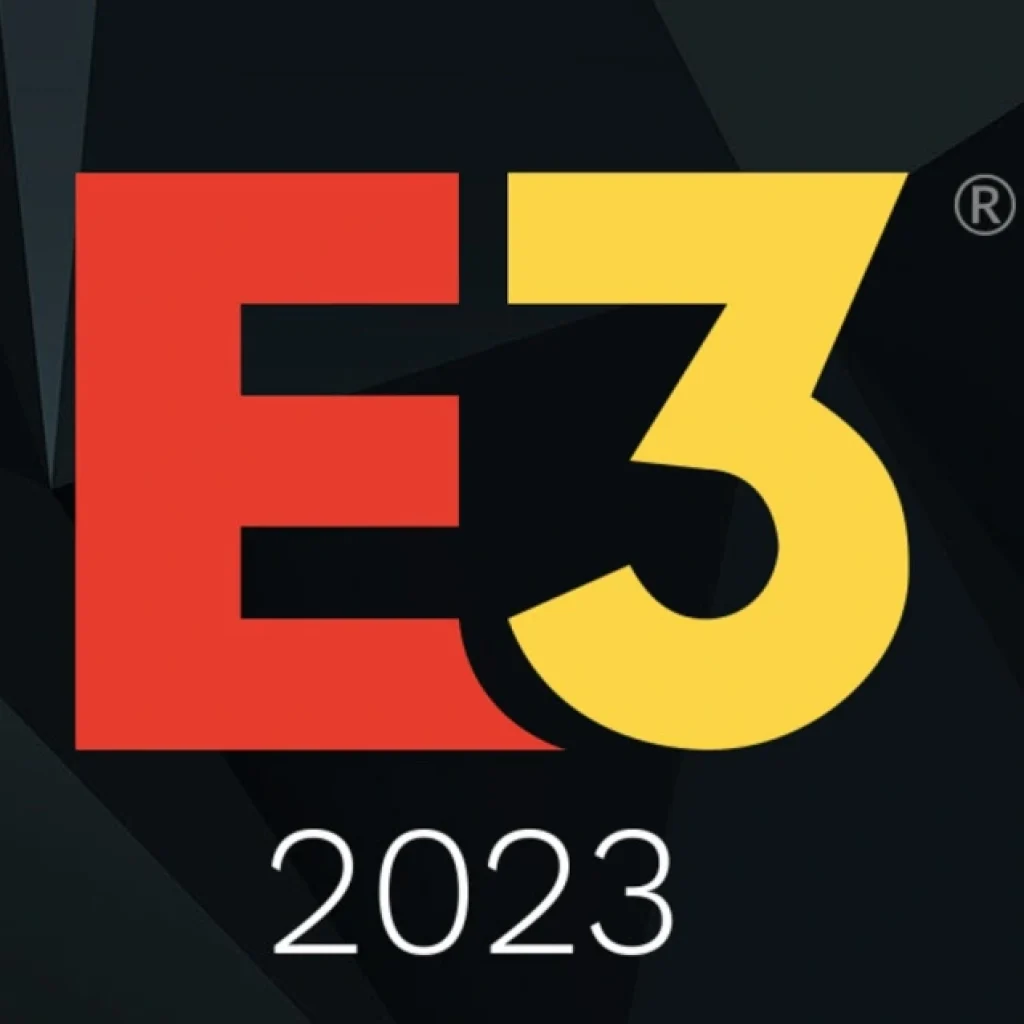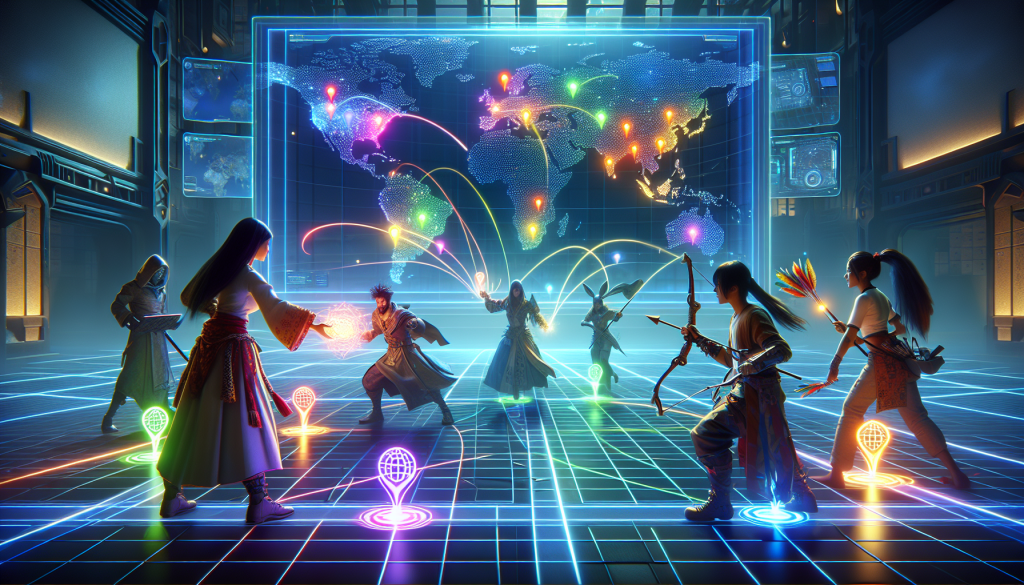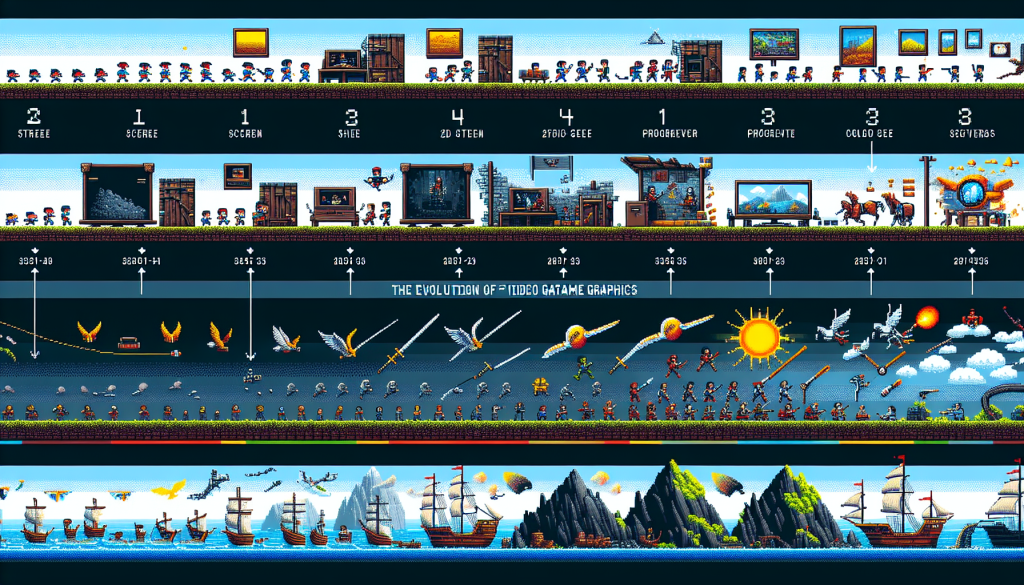The Influence of Retro Classics on Modern Game Design
Remember the days of playing classic video games like Super Mario Bros. or The Legend of Zelda on your old gaming console? Those games hold a special place in our hearts and have had a profound impact on the world of modern game design. In fact, many of today’s top game developers draw inspiration from these retro classics, incorporating their timeless principles into their own creations.
One of the reasons retro classics continue to have such a strong influence on modern game design is their ability to captivate players with their simplicity and intuitive gameplay. Games like Pac-Man or Tetris may not have had cutting-edge graphics or complex storylines, but they were incredibly fun to play. Developers today understand the importance of creating games that are easy to pick up and play, yet still challenging and rewarding.
Another aspect that retro classics have brought to modern game design is the emphasis on gameplay over graphics. While stunning visuals are certainly impressive, they don’t guarantee an enjoyable gaming experience. Retro classics proved that a game doesn’t need to have realistic graphics to be engaging and entertaining. By focusing on gameplay mechanics, developers can create experiences that are truly immersive and memorable.
Retro classics also serve as a reminder of the importance of game design fundamentals. These games were often created with limited resources, forcing developers to focus on core gameplay elements. This constraint led to the creation of games that were carefully designed, well-balanced, and had a clear sense of progression. Modern game developers can learn a lot from this approach, as it encourages them to prioritize gameplay mechanics and avoid unnecessary complexity.
Moreover, retro classics have shown the power of simplicity in game design. By stripping away unnecessary features and focusing on a few core mechanics, developers can create games that are easy to understand and enjoy. This approach not only appeals to nostalgic players who long for the simplicity of the past but also attracts a wider audience who may be overwhelmed by complex game mechanics.
So, how can indie game developers apply the timeless principles of retro classics to their own creations? Firstly, they should prioritize gameplay over graphics. By focusing on creating compelling and addictive gameplay experiences, developers can hook players and keep them coming back for more. Additionally, they can take inspiration from the simplicity of retro classics and craft games that are easy to learn but challenging to master.
Engaging players through nostalgic elements is another effective strategy. Incorporating familiar music, pixel art, or references to retro classics can create an emotional connection with players and enhance their overall experience. Nostalgia has the power to transport players back to their childhood and evoke feelings of joy and excitement.
Finally, indie game developers should strive for a well-balanced and polished game. Retro classics often had limited resources, but they made the most of what they had. By focusing on refining core gameplay mechanics, avoiding unnecessary complexity, and ensuring a smooth user experience, developers can create games that are both enjoyable and memorable.
As the world of game design continues to evolve, it’s important to remember and learn from the timeless principles of retro classics. By incorporating their simplicity, focus on gameplay, and nostalgic elements, developers can create games that resonate with players and stand the test of time.
Applying Timeless Principles to Indie Game Development
Indie game development has become a thriving industry, with countless passionate developers creating unique and innovative games. While these indie games may vary in style and gameplay, there is often a common thread that ties them together – the application of timeless principles inspired by retro classics. When we talk about retro classics, we are referring to the games of the past that have left a lasting impact on the industry. These games have stood the test of time and continue to be enjoyed by players even today. From the pixelated graphics of Pac-Man to the side-scrolling adventures of Super Mario Bros., these games have become iconic and have shaped the foundation of modern game design. So, how do indie game developers apply these timeless principles to their own creations? Let’s explore some of the key ways: 1. **Gameplay is King**: Retro classics were known for their simple yet addictive gameplay. Indie developers understand the importance of creating games that are easy to pick up but difficult to master. By focusing on gameplay mechanics that are intuitive and engaging, indie games can captivate players and keep them coming back for more. 2. **Pixel Art Aesthetics**: The pixel art style, popularized by retro classics, has made a resurgence in indie game development. This art style not only pays homage to the games of the past but also adds a unique charm to modern games. By embracing pixel art, indie developers can create visually stunning and nostalgic experiences for players. 3. **Emphasis on Level Design**: Retro classics were known for their meticulously crafted levels that offered a perfect balance of challenge and reward. Indie game developers understand the importance of well-designed levels that provide a sense of progression and keep players engaged. By creating levels that are both challenging and rewarding, indie games can offer a satisfying gameplay experience. 4. **Innovative Use of Sound**: Sound design played a crucial role in retro classics, enhancing the immersive experience for players. Indie developers recognize the power of sound and use it to create atmosphere, evoke emotions, and enhance gameplay. By paying attention to sound effects and music, indie games can create a more immersive and memorable experience for players. 5. **Storytelling and Narrative**: While retro classics may not have had complex storylines, they often had a compelling narrative that drove the gameplay forward. Indie game developers understand the importance of storytelling and create captivating narratives that immerse players in their games. By weaving engaging stories into their games, indie developers can create a deeper connection with players. By applying these timeless principles, indie game developers have successfully created games that resonate with players and capture the essence of retro classics. These games not only pay tribute to the past but also push the boundaries of game design, offering unique and memorable experiences. Some notable success stories in the indie game industry are proof of the impact retro classics have had on modern game development. Games like “Shovel Knight,” inspired by classic platformers, have garnered critical acclaim and become fan favorites. Similarly, “Undertale,” influenced by old-school RPGs, has captivated players with its unique gameplay mechanics and memorable characters. In conclusion, indie game developers have embraced the influence of retro classics and applied timeless principles in their own creations. By focusing on gameplay, embracing pixel art aesthetics, emphasizing level design, utilizing innovative sound design, and crafting engaging narratives, indie games are able to create experiences that resonate with players. The result is a thriving indie game industry that continues to push the boundaries of game design and captivate players with nostalgic elements.Engaging Players through Nostalgic Elements in Game Design
Picture this: you’re sitting on your couch, controller in hand, ready to dive into a new video game. As you start playing, a wave of familiarity washes over you. The graphics may be sleek and modern, but there’s something about the gameplay that feels oddly nostalgic. That’s because game designers are incorporating nostalgic elements from retro classics into modern games, creating a sense of connection and engagement with players.
One of the key ways game designers engage players through nostalgia is by incorporating familiar gameplay mechanics. Think about the platformers of the 8-bit era, where players would jump, run, and dodge obstacles. These mechanics were simple yet addictive, and many modern indie games have adopted this formula. Games like “Super Meat Boy” and “Cuphead” capture the essence of classic platformers, providing players with a sense of nostalgia while still offering a fresh and challenging experience.
Another way game designers tap into players’ nostalgia is through art and visual design. We all have fond memories of the pixelated graphics of retro games. They may seem primitive compared to the photorealistic graphics of today, but they have a charm that resonates with players. Indie games like “Stardew Valley” and “Undertale” pay homage to the pixel art style of the past, creating visually stunning worlds that transport players back to a simpler time.
But it’s not just the mechanics and visuals that game designers are borrowing from retro classics. They’re also incorporating nostalgic soundtracks into modern games. Who can forget the catchy tunes of games like “Super Mario Bros.” and “The Legend of Zelda”? These iconic soundtracks have become ingrained in our gaming memories. Indie games like “Celeste” and “Shovel Knight” have embraced this tradition, crafting memorable soundtracks that enhance the overall gaming experience.
So why do these nostalgic elements work so well in engaging players? It’s because nostalgia is a powerful emotion. When we play a game that reminds us of our childhood or brings back positive memories, we feel a deep connection to it. It taps into our sense of familiarity and comfort, creating a bond between the player and the game.
But nostalgia alone isn’t enough to make a game successful. Game designers must strike a balance between incorporating nostalgic elements and offering something new and innovative. They need to find a way to capture the essence of retro classics while still providing a fresh and unique experience. This delicate balance is what keeps players engaged and coming back for more.
So, the next time you pick up a modern indie game and feel a rush of nostalgia, take a moment to appreciate the game designer’s craft. They’ve carefully blended timeless principles from retro classics with their own creative ideas to create a gaming experience that is both familiar and exciting.












